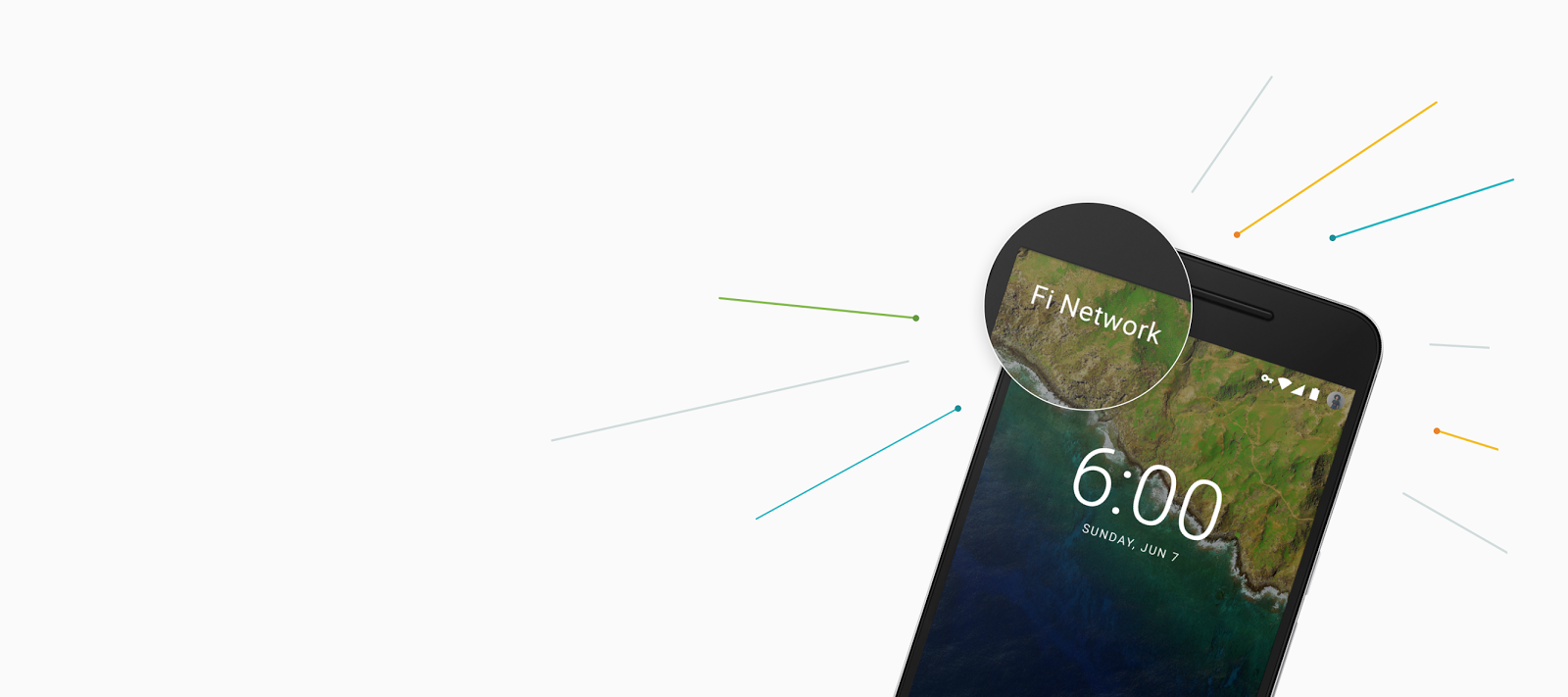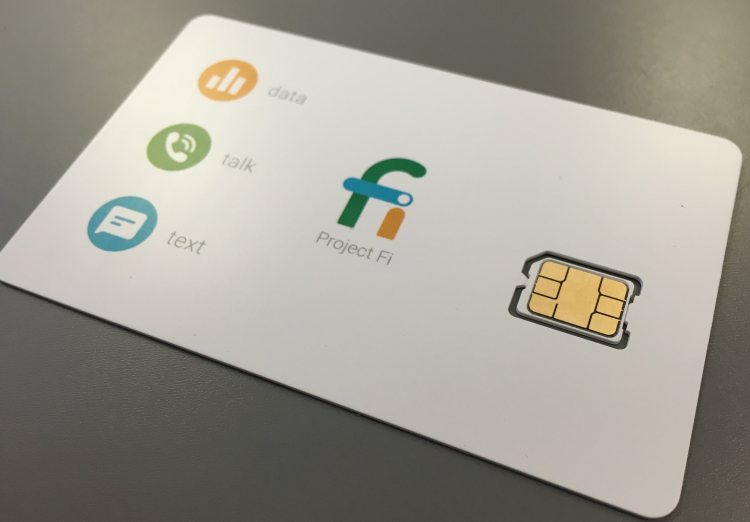testsetset
Google today announced a new Project Fi partner network: U.S. Cellular. The additional coverage will be automatically rolling out to all Fi users “over the coming weeks” — Fi will thus soon span three cellular providers (the other two being Sprint and T-Mobile).
Project Fi is a mobile virtual network operator (MVNO) launched by Google over a year ago with plans starting at $20 per month (data costs an additional $10 per GB per month). This means the service relies not on Google’s own mobile network, but on existing ones provided by carriers, as well as Wi-Fi connections when they’re available. The catch is that Fi requires using a Nexus 6P, Nexus 5X, or Nexus 6, as these are the only phones the service supports for performing the handoffs between connections.

Google describes U.S. Cellular as “one of the top mobile networks in the U.S.” that offers service in 23 states with 4G LTE coverage for more than 99 percent of its subscribers. The company said the addition of a third network gives Project Fi “more coverage and speed” but stopped short of actually quantifying the improvement, which isn’t much of a surprise given that U.S. Cellular is much smaller than “the big four” carriers in the U.S.
June 5th: The AI Audit in NYC
Join us next week in NYC to engage with top executive leaders, delving into strategies for auditing AI models to ensure fairness, optimal performance, and ethical compliance across diverse organizations. Secure your attendance for this exclusive invite-only event.
Still, the main benefit of Project FI is taking advantage of the best signal in areas of overlap. Google explains why adding a third carrier, even a smaller one, is helpful:
In most areas, multiple cellular networks are available — in fact, the majority of Project Fi usage occurs in areas where more than one of our partners offers LTE coverage. But factors like obstructions from nearby buildings can meaningfully impact the speed and coverage available from each LTE connection. By analyzing speeds from each network, Project Fi is able to predict the fastest network at your location — down to the city block — and automatically connect you. We’re constantly adapting to consider how factors like new cell towers and newly-available radio frequencies are impacting real-world speeds.
In short, the idea is to solve hardware shortcomings with software.
Project Fi is supposed to adjust your connection, always looking for a faster and more reliable option. The more cellular networks, the better.
Google says that Fi users already have a connection “nearly 99 percent of the time, and spend about 95 percent of cellular time on LTE.” With the addition of U.S. Cellular, the hope is those figures will only get better.

